How virtual reality will bring your favorite comic books to life
Transforming the reading experience, one panel at a time
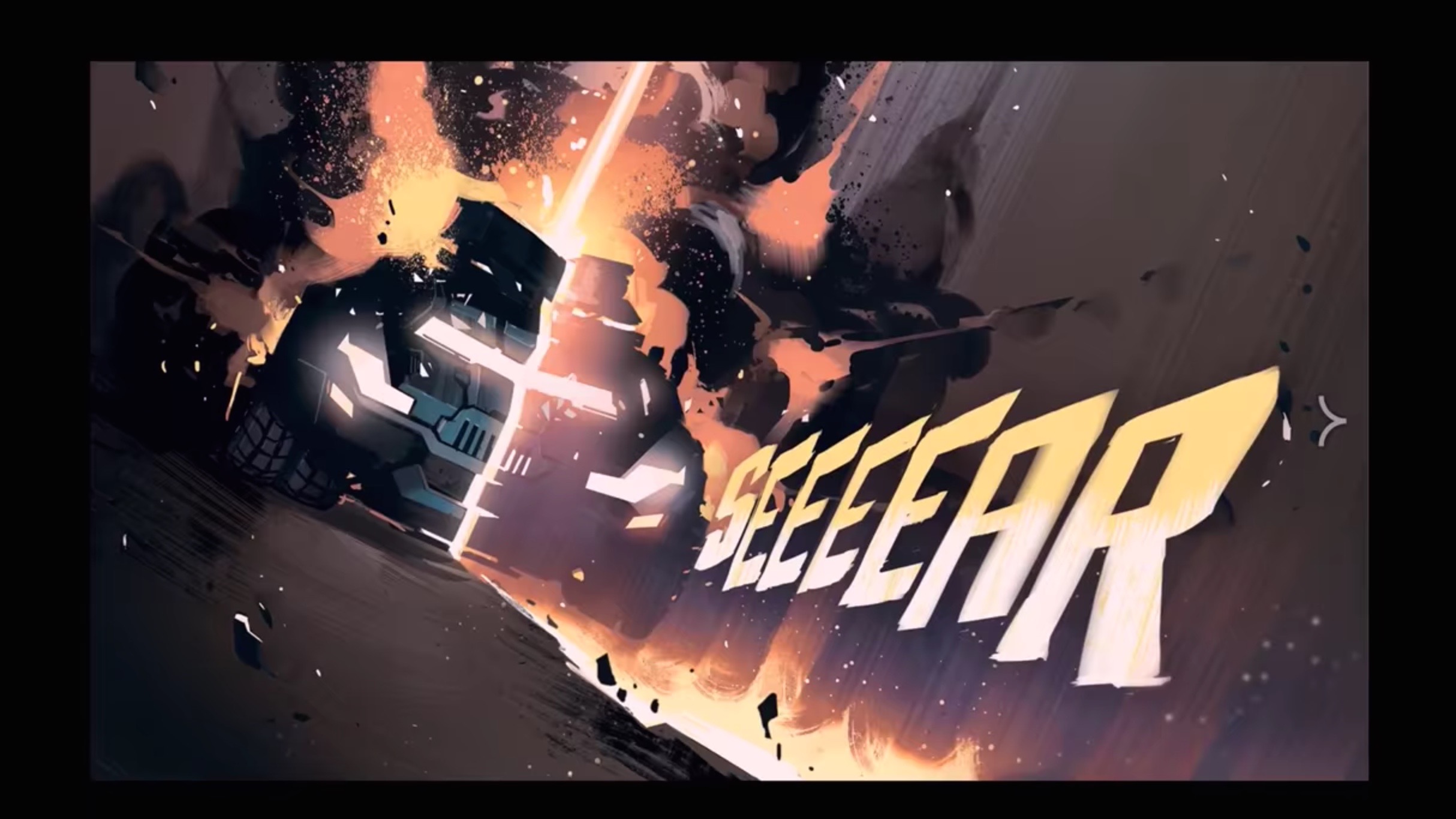
Superhero films take our favorite comic book heroes and insert them into our world. Now, through virtual reality, one startup is hoping to do the reverse: insert comic book fans into a 3D-version of their favorite comics.
At this year’s New York Comic Con, a panel of Hollywood studio executives, virtual reality developers and comic book artists discussed how new tech will change how we read and draw comics. The panel, titled “The Future of Comics in New Realities,” showcased an intriguing working demo of 3D comics in action.
Madefire, the aforementioned startup that specializes in “Motion Books” that add special effects to digital comics, recently earned $6.5 million in Series B funding from investors like Drake and Kevin Spacey for a prototype VR app that lets artists convert their comic issues into 3D experiences. Once it’s released, any artist can distribute a VR comic for free to any virtual reality device through the Madefire app.
The app won’t be available for at least a few months, but Madefire has already released a demo of some of our favorite comics in virtual reality. Using a Samsung Gear VR headset, we had the chance to read comics like Injustice: Gods Among Us and Spectrum in VR, with mind-blowing motion, visual and sound effects augmenting the experience. You can try these comics out for yourself today by downloading the demo from the Oculus Store.
The day after our demo, we sat down with Madefire CEO and Co-Founder Ben Wolstenholme to discuss the technology in action and get a sneak peek at the VR tools comic artists will soon have at their fingertips.
A new dimension of comic book storytelling
Madefire showed off its demo VR app on a Gear VR at Comic Con, letting attendees try out various 3D comics. The app’s interface resembles the theater style of other VR apps: a 16 x 9 skybox appears in front of you, while the rest of your field of vision is taken up by a wallpaper-style comic illustration. Clicking the button on the side of your headset triggers the first comic panel to appear.
The app subverts the usual comic book reading experience. Rather than show you one page at a time, it instead reveals one panel at a time. An image that might only be a couple square inches in print is enlarged and remastered to fill your field of vision. Tapping again causes the panel to fade away or shift aside for the next panel to appear.
Sign up for breaking news, reviews, opinion, top tech deals, and more.
Reading one panel at a time transforms the comic reading experience. Where you might skim one page of a comic in a few seconds - especially if it’s art-heavy or a splash page - VR has you savoring the small details as you immerse yourself more deeply in the world.

According to Wolstenholme, Madefire readers average about a page a minute per read, and about 20 minutes total in-app, compared to print comic readers who some studies show average about 1.5 seconds per panel and between four and 10 seconds per page. Print readers are racing through their purchases at a frenetic pace, while VR readers spend enough time to enjoy the story panel by panel.
Wolstenholme believes the mandatory pacing of the plot “enhances how much enjoyment readers get out of the story” and allows artists to create high-quality imagery for concise stories.
While typical print comic issues tend to last about 20 pages or so, Blizzard, which creates digital comics of World of Warcraft and Overwatch for Madefire, usually releases 7- or 8-page issues. What would feel insubstantial in print becomes a drawn-out, dynamic experience when you add special effects.

In the above panel from sci-fi comic Spectrum, for example, tapping the headset transitions the reader to a gif of a laser descending toward the ground, followed by the laser shearing the once-intact car in half. Then, a sound effect is emitted by the car to the right. The screencap shows what you would see in print - the end result of the action - whereas in VR, you witness the before, during and after.
Madefire’s comics may be designed in either two or three dimensions, but the addition of a fourth dimension - time - can be the biggest difference in how comics are read. Pages with lots of confusing action now show a natural progression of events. Timing certain speech bubbles to appear first can simulate real dialogue and help readers trained to read left-to-right and up-to down to look elsewhere first. Slow or fast panel transitions can mirror the speed of fight scenes or the slowness of a creeping presence.
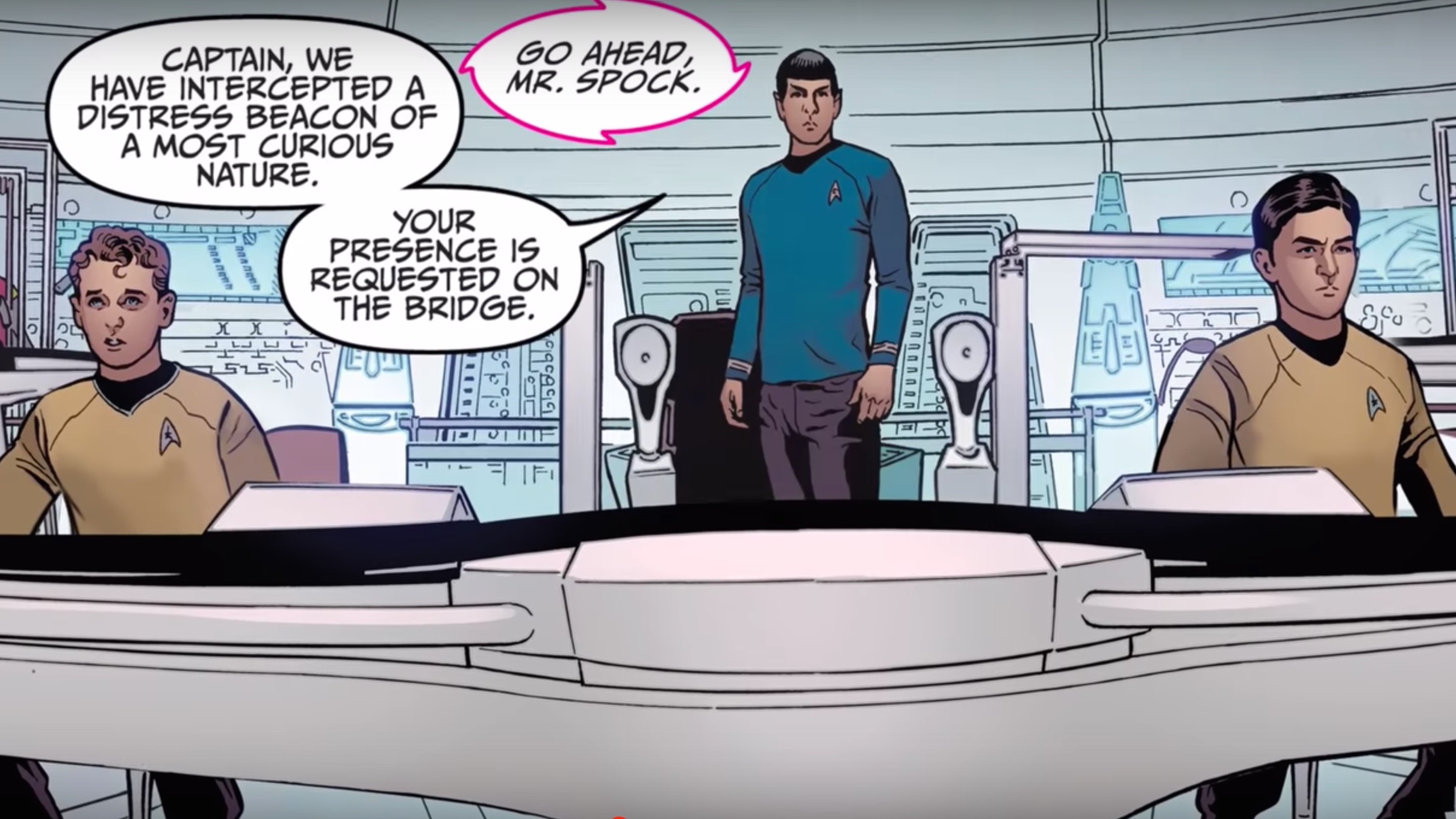
To achieve these effects, the Madefire team uses a trigger system in which tapping your headset or controller leads to a specific action to one or more layers of the comic. An action can be as simple as one panel fading out and another sliding in left, but these can be as complex as the comic creator wants them to be.
Dave Gibbons, co-creator of Watchmen and The Secret Service, designed his new comic Treatment specifically for Madefire’s digital platform, and it shows in its composition. The above splash page is an overwhelming synthesis of different action and reaction shots that makes the plot difficult to decipher. But imagine instead that the different elements had appeared in your field of vision one by one from back to front, building up toward a crescendo of action.
One tap doesn’t necessarily correspond with one panel shift. It might make a motorcyclist appear, while a second will trigger a muzzle flash and gun sound effect before revealing the next portion of the panel; in this case, the bullet missing its target. By controlling which aspects of a page readers see first, artists have greater control over how readers experience and interpret the story.
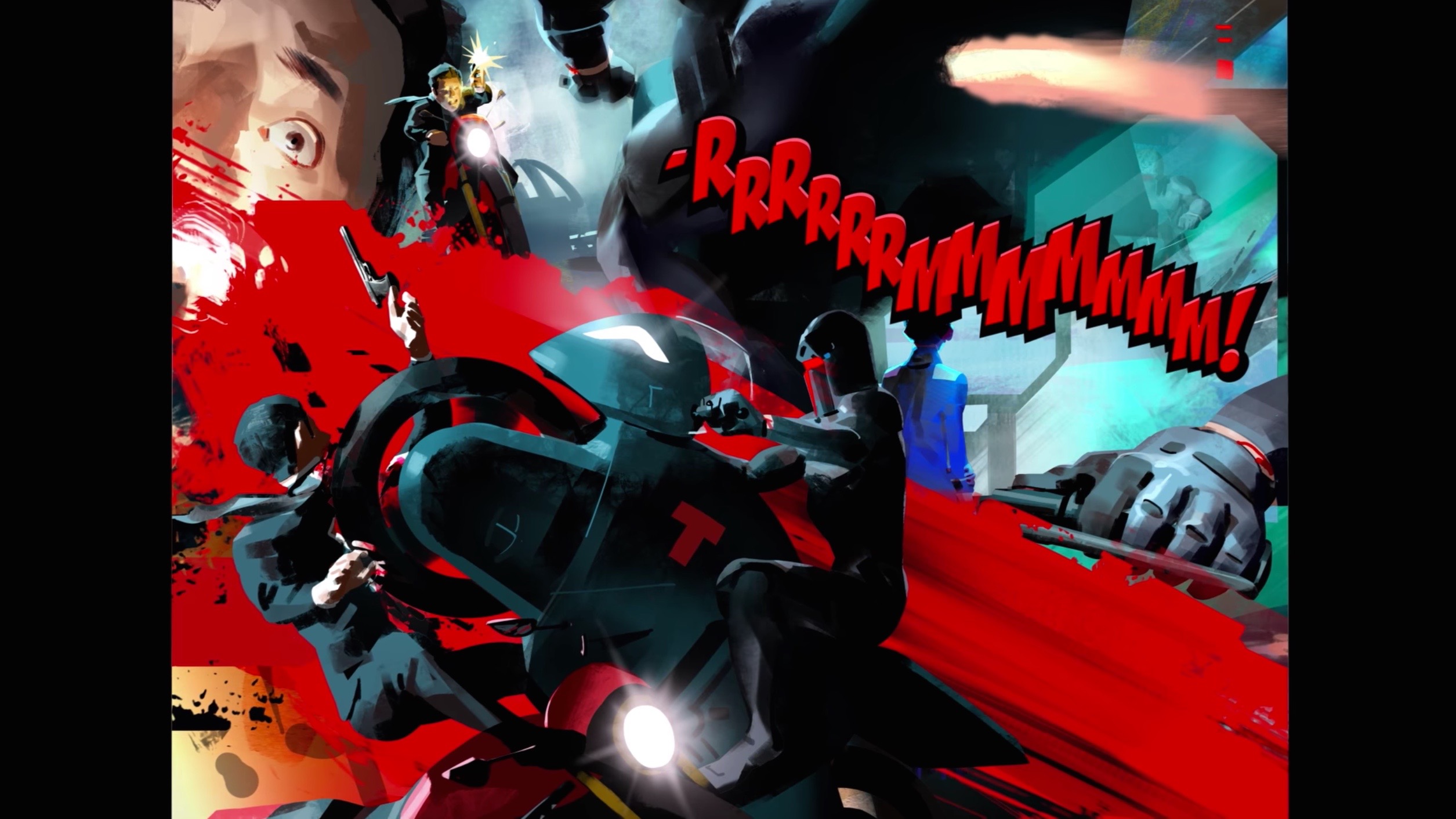
Madefire’s previous comic creation app, Motion Books, had tools like panel transitions and timed effects freely available for independent comics creators for years, but strictly for traditional two-dimensional comics.
But its new VR comics demo shows off what artists can do once the beta app releases in a few months, namely manipulate objects in three dimensions, create a depth of field effect to illustrations, and even have objects move towards or behind you.

These tools present great opportunities for digital creators today, but rely on high-resolution png layers of art to take full advantage of the effects and to appear tolerable when expanded to VR size. When we ask Wolstenholme if we’d see older backlist comics in VR, he mentions that the standard 72 dpi for images can be fairly forgiving when expanding small, low-resolution images, but suggests that simple scans of older comic issues probably wouldn’t cut it.
The tricky liberation of borderless comics
Wolstenholme, a comic book artist before he co-founded his VR business, knows the rules and grammar of comic book creation backwards and forwards. Make text and action progress left to right and top to down, assign one panel for each character action, keep action and reaction in separate panels, and only draw in landscape mode if you can afford a two-page spread.
Virtual reality’s comic storyboard lets you break all of those rules. By using timed effects, artists can dictate which area of the page they want readers to focus on first.
To showcase this, Wolstenholme pulled out a sketchbook of concept art for his comic book series, Mono: The Old Curiosity Shop, and turned to a page showing a series of confrontations between man and beast lumped into one chaotic space. In virtual reality, each portion of this battle could appear one by one. This patient meting out of the action not only lets the reader appreciate each visceral moment, it also prevents them from glancing down or to the next page to see how the battle ends.
“The non-traditional canvas of VR keeps things interesting by bringing an element of surprise to things, because you have no way of knowing what comes next,” Wolstenholme said.
“This especially benefits certain genres like horror and comedy,” he added. Lots of readers tend to skim ahead and see what’s coming, so he appreciates that VR readers can’t “spoil the punchline” or prepare themselves for the jump scare.
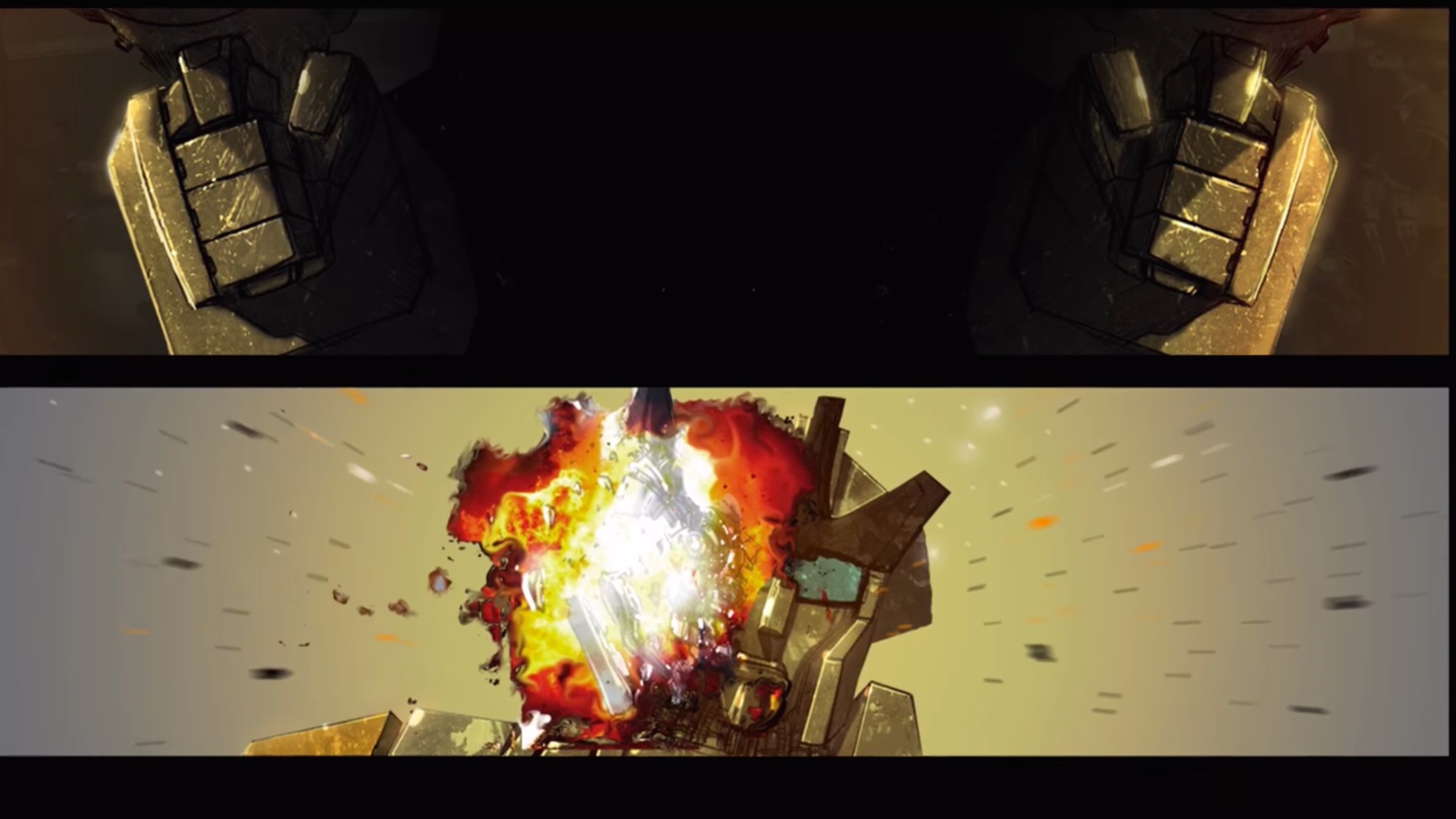
Wolstenholme wants to liberate comic creators’ creativity by giving them more options than they have on the page. Instead of focusing on a page count, they can gauge how long they want their experience to last. Printing limits dictate the size of panels and how much detail readers see, while the VR canvas lets artists put any given panel front and center in wide focus.
Many of our questions focused on how heavy hitters like Marvel or DC could use this technology, but Wolstenholme brought the conversation back to comic artists. Rather than work with publishers to convert issues, he wants artists themselves, professional or amateur, to decide whether to make their VR comics minimalist or go all-out with certain effects.
Madefire’s VR development browser was designed to give these artists as many creation options and distribution platforms as possible. OpenGL, which uses Madefire’s own rendering engine and animation, is online-based, so multiple artists and authors can edit and collaborate on their artwork on multiple computers simultaneously. Wolstenholme’s team created its own software rather than rely on Unreal or Unity so they can publish to any and all platforms, including iOS, Android, Samsung VR, Oculus, Vive, and even DeviantArt.
“Virtual reality creates a whole new grammar of storytelling for comic artists"
Dave Gibbons
Wolstenholme said artists frequently use the current Motion Books software to publish on the Madefire app and online, and receive feedback from the DeviantArt community before making changes to the published version. Madefire in turn curates the most popular and highly rated DeviantArt comics to the front page of the app.
But this variety of potential platforms shows the problem with designing comics with virtual reality in mind. When asked about any potential pitfalls for VR-oriented comics, Wolstenholme said that every comic rule you break can be fixed with special effects, but can’t be solved if you want your work printed, which many artists obviously do. The same principal applies to people viewing your art on tablets or browsers: it simply might not look as good in 2D.
VR comics: do you read or watch them?
For all the ways special effects can augment the comics reading experience, Wolstenholme and the artists he works with are primarily interested in keeping comics as a reading experience, not a passive film experience.
When reading Madefire’s VR comics, the user controls when he or she moves on to the next panel, controlling the pace of the action. Even if a page contains a dozen bits of action, Wolstenholme suggests that artists stick to one or two events per click, the same way artists traditionally confine one action to a print panel.
During the NYCC talk, Watchmen’s Gibbons weighed in on how VR changes the very foundation of comics writing for creators.
“Virtual reality creates a whole new grammar of storytelling for comic artists,” he said. Grammar, in this case, refers to a language for cohesively and coherently conveying a story to the reader without confusing or overwhelming them. Artists will need feedback from their readers to determine what they find cool or compelling, or what they find gimmicky.

Perhaps a perfect example of this is the use of sound. While the visual spectacle of VR comics is impressive, the addition of surround sound - of ambient music, environmental effects, explosions, screams - adds a whole new layer to the experience that you can’t convey in print, except through onomatopoeia (like “WHAM!” and “POW!”).
The Madefire open source software contains a selection of effects for artists to use, and Wolstenholme tells us artists have been sharing composed music with one another to use in various scenes. But he believes artists should keep the number of songs and effects in an issue to five or less as it takes away from readers experiencing or imagining the action for themselves.
We followed up by asking if he thought narration would have a place in VR, suggesting Kevin Conway and Mark Hamill might voice Batman and the Joker in Moore and Gibbons’s The Killing Joke, the narration timed to match their speech bubbles. Wolstenholme acknowledged that some artists do use narration effects, but insisted this pushes VR comics too far towards becoming a film experience instead of an individual reading experience, where the narration dictates the pace, rather than the reader’s preferences.
Ironically, the Hollywood executives and tech specialists at the Future of Comics in New Realities panel look at things very differently.
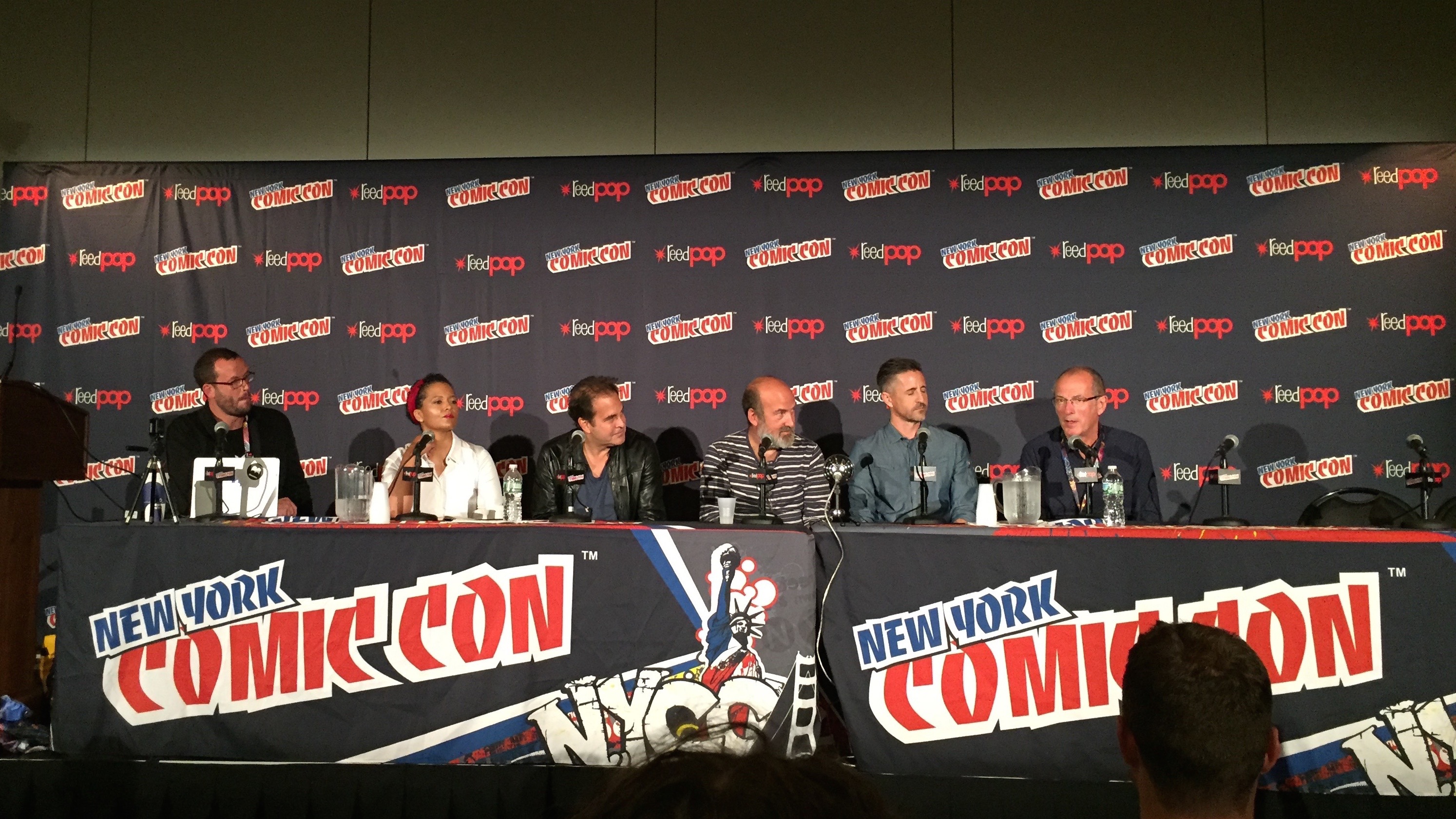
Matt Hooper, director of development at Oculus and an advisor for Madefire’s VR efforts, sees the app as a theater for comic fans to share a social experience, imagining “a million people watching the release of a new comic issue in VR, and commenting on it together.”
Ted Gagliano, president of post-production at 20th Century Fox, brought up how his company is using virtual reality as a way to place people inside of films. Rather than focusing on making printed comics more cinematic, he imagined Madefire hosting original tie-in comics for Fox films that would place people inside of cinematic, interactive experiences.
For now, at least, Madefire remains firmly in the “comics are for reading” camp. Wolstenholme, who moderated the panel, discussed with Hooper how VR games usually take months to develop, whereas comic artists may need to have their work published weekly. He wants the Madefire app to sufficiently streamline the VR conversion process so that it only takes “two or three days.”
Madefire’s free, open source VR software is currently in beta and is on pace to release to the public in a few months. Wolstenholme hopes to reach out to more comic book artists and build the app’s comic library as time passes, while continuing to work closely with the amateur art community to help spread their works to wider audiences.
The VR comics team obviously has some challenges to tackle: a strong online competitor in Comixology, a limited base of comic readers who prefer online to print and who also own virtual reality devices, and artists who may not have the time to design in multiple dimensions on a deadline. But Madefire’s team is confident it can overcome these challenges and change how people consume their favorite comics.
Top image credit: Spectrum by Alan Tudyk, PJ Haarsma, and Sarah Stone | Madefire YouTube screengrab
- Read next: Our review of Oculus Rift

Michael Hicks began his freelance writing career with TechRadar in 2016, covering emerging tech like VR and self-driving cars. Nowadays, he works as a staff editor for Android Central, but still writes occasional TR reviews, how-tos and explainers on phones, tablets, smart home devices, and other tech.